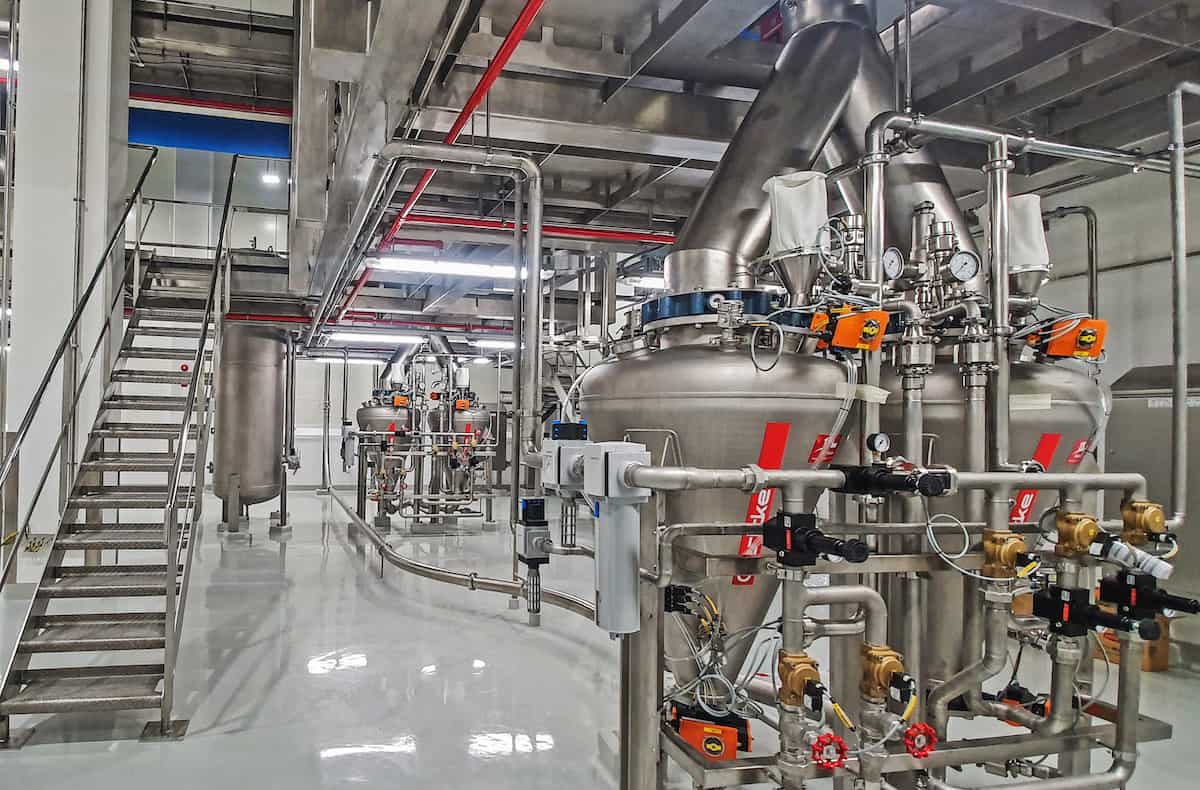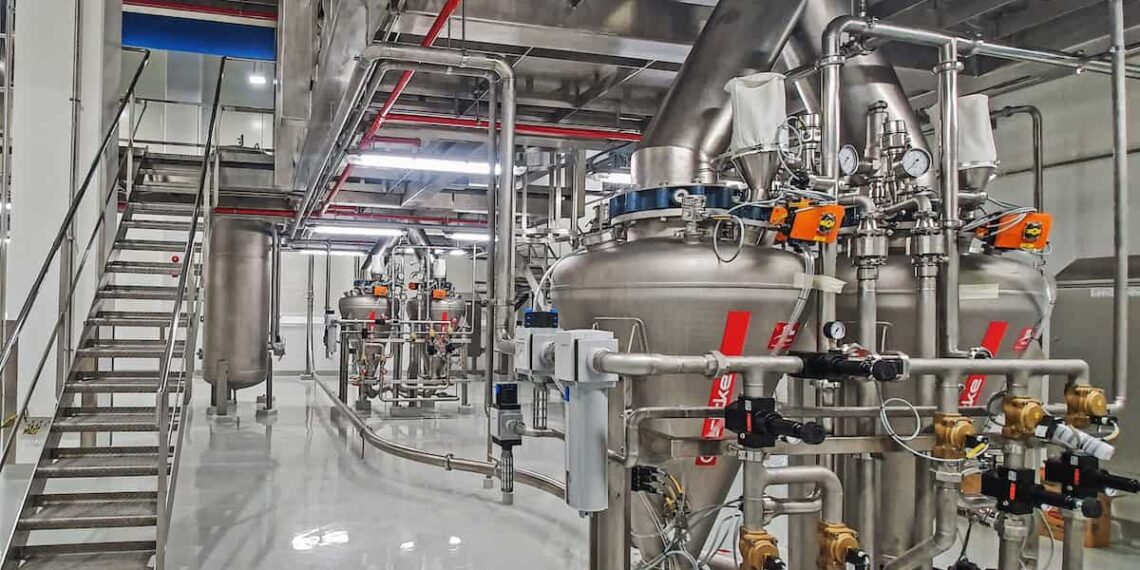The way you use water can have a dramatic impact on your energy consumption. As we all become more aware of the impact our actions have on the environment, plumbing is no exception. Energy-efficient plumbing systems are becoming more commonplace in homes across the country and even around the world, but why should you consider one?
This means that even your toilet is functioning more efficiently!
An energy-efficient toilet is one that uses as little water as possible. This means that even your toilet is functioning more efficiently! The amount of water used by an average flush depends on how long it takes for the flush to occur, and there are a few different factors that can affect this. For example:
- If you’re on low flow, then only about half of what would normally be flushed through your system will come out–which means less waste being sent down into our sewer system each week (and fewer costs!).
- On high-flow days or during certain months when people use more than usual, up to 80% or even 90% of the normal amount could be flushed down the drain without any additional effort required from either party involved (you).

Energy-efficient plumbing systems are the best option for a number of reasons.
- They are more efficient: Energy-efficient plumbing systems use less water and energy, which saves you money on your utility bills.
- They are safer: With an energy-efficient plumbing system installed in your home, you will have fewer leaks and overflows that can cause problems like flooding or mould growth due to damaged pipes or pipes leaking into walls or ceilings (this happens when water gets trapped behind them). Your home will also be more secure from freezing temperatures during winter months because it won’t lose heat through its heating system as quickly as it would without an efficient heating system installed at the same time as installing this type of equipment within the structure itself.
Water-efficient fixtures and faucets
Water-efficient fixtures and faucets are designed to use less water than regular models. These include low-flow showerheads and faucets, which use less than 1.0 gallons per minute (gpm) of water, as well as toilets that can flush with just 1 gallon of water or less per flush. Energy-Efficient Plumbing Systems toilets also include smart-flush features that allow you to adjust how long it takes your toilet to complete its function based on what you’re doing at the time.
For example, if you’re washing your hands or brushing your teeth before flushing, this means more efficient use of water because you’ll be able to get rid of all their waste sooner rather than later!
Integrated water management systems

In addition to the water efficiency features of your Energy-Efficient Plumbing Systems, you can also take steps to improve its energy efficiency. Integrated water management systems (IWMS) are a great way to do both. IWMS help you save money by reducing the amount of water used in your home–and they reduce carbon emissions too! Here’s what an IWMS will do:
- Reduce consumption by up to 50%
- Reduce energy use by up to 40%
Energy-saving showerheads and faucets
- Low-flow showerheads and faucets save water by reducing the amount of water used per minute. To reduce flow by 25%, you might need to buy a new showerhead or faucet with a flow rate of 2.0 gpm (gallons per minute) or less.
- A low-flow showerhead can save up to 1,000 gallons of water each year!
Energy-efficient toilets
A toilet is one of the most energy-efficient products you can use in your home. When you think about it, a toilet uses water just to flush away waste and isn’t even needed for flushing out the bowl itself. But they’re also responsible for pumping out more than 50% of all wastewater treatment plants across the country–and that’s not even counting all those gallons of urine that get flushed down your drain every day!
Energy-efficient pipes and fittings
Energy-efficient plumbing systems use pipe insulation and heaters to help reduce your energy bills. Pipe insulation helps keep hot water from escaping through the bottom of your tub or showerhead, which can increase your heating costs by up to 10%.
- Pipe heaters warm water as it travels through pipes in order to prevent freezing. They may be wired directly into an existing circuit, or they could include their own dedicated circuit breaker (see below).
- Pipe-freezing prevention methods include:
- installing pipe condensation pans under sinks and showers;
- using fogging sprays on faucets;
- replacing old copper pipes with new PVC ones that aren’t susceptible to corrosion when exposed at high temperatures;
Embrace Energy-Efficient Plumbing Systems
You can save money on your water expenses by embracing energy efficiency. Energy efficiency is the best way to save money on your water expenses, as it will help you cut down on your bills and lower the amount of electricity that goes into pumping water out of the ground.
Water-efficient shower heads
Water-efficient shower heads are a great way to save money on your water bill and protect the environment. They’re also more comfortable to use, which helps you feel refreshed after a long day at work. Energy-Efficient Plumbing Systems shower heads have a longer life span than standard models, so you won’t have to worry about replacing them as often.

Compressors and dryers
- Compressors can save more than 60% on your utility bills by reducing the amount of air you use during the heating season and cooling season. They also help keep your home comfortable year-round because they provide consistent pressure levels in all areas of the home, not just where they’re installed.
- Dryers use less electricity than electric clothes dryers, which means you’ll be able to reduce or even eliminate the need for an additional heater/cooler unit in your home if you install one! This will save money on both utility costs as well as installation costs for this piece of equipment (which is typically expensive).
Rainwater cisterns
Rainwater harvesting is a great way to reduce your water consumption and bills, while also increasing sustainability. The process of collecting rainwater in cisterns has been around for centuries, but it’s only recently that they’ve become more popular in the U.S., particularly with new homeowners looking to improve their property values by saving money on their utility bills (and who doesn’t want to save money on their utility bills?).
Low-flow water fixtures and toilets
Low-flow shower heads and shower diffusers are a great way to save water while you bathe, and they’ll also help you reduce your energy bill. You can buy one at the hardware store or online to replace the old-style faucet on your sink or tub.
Low-flow shower heads and shower diffusers
- Low-flow shower heads and diffusers:
- Install a low-flow shower head by removing the old one and installing the new one. You can find them at most hardware stores or online.
- To install a low-flow toilet, remove the old fill valve from your toilet tank and replace it with an American Standard Faucet G2 Fill Valve (part number 92273). This part will cost about $20-$25 at most home improvement stores or online retailers like Amazon Prime Pantry). If you don’t have access to those options, you can also buy this replacement part from a hardware store if they carry it!
Conclusion
At the end of the day, it’s important to remember that energy-efficient plumbing systems are not only smart in their own right; they also bring a host of benefits that can make your home more comfortable. From saving money on water costs and reducing greenhouse gas emissions to making your toilet even more hygienic with low-flow faucets and toilets—there are many reasons why you should consider making this switch today!


